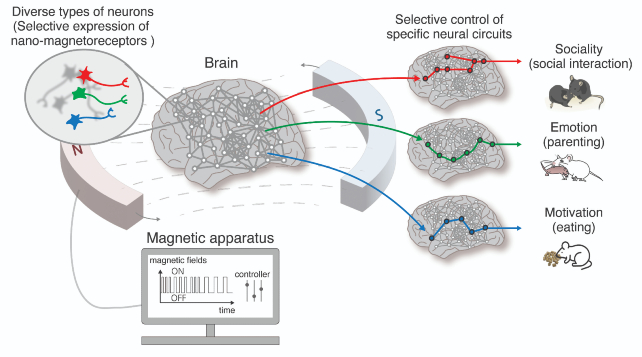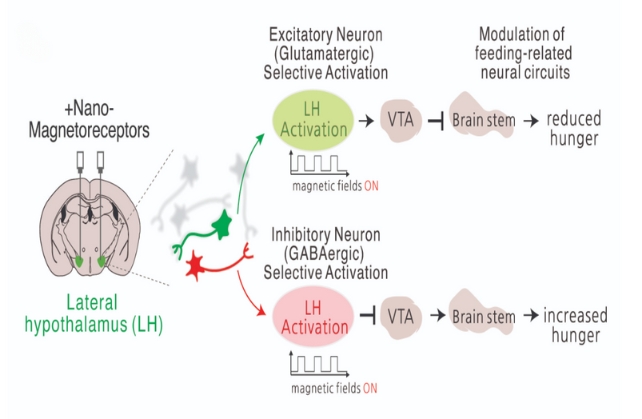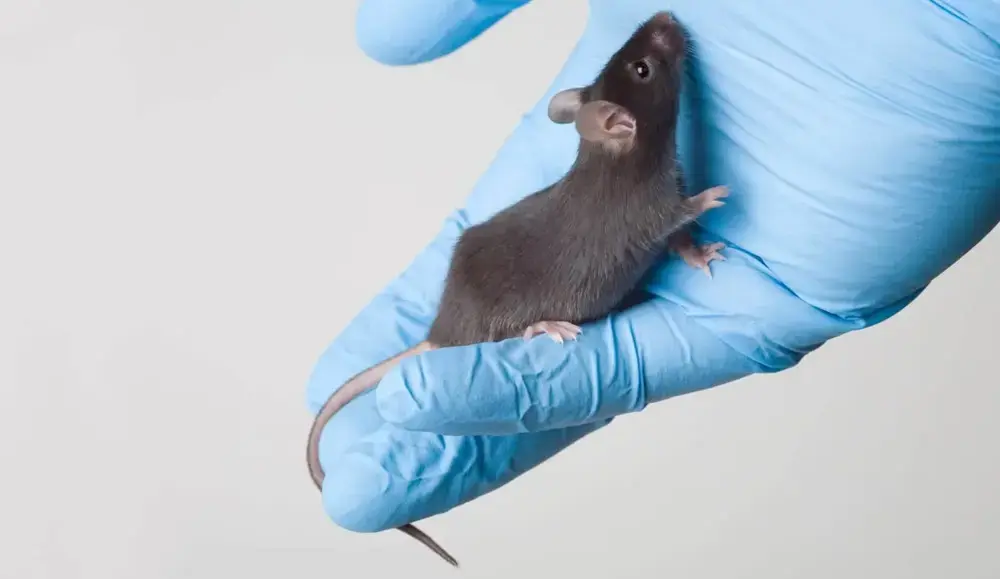In an experiment designed to test an innovative research tool, a simple click of a magnetic field made mice with nanoparticle-activated “switches” in their brains eat, communicate and behave like happy young mothers.
While experiments in animal “mind control” are far from new, they typically relied on large electrodes connecting the subject to an external system, which not only required invasive surgery but also placed limits on how freely the subject could move.
Researchers at the Institute of Basic Sciences (IBS) in Korea have developed a method to target pathways in the brain using a combination of genetics, nanoparticles, and magnetic fields, and it’s being hailed as a breakthrough in neuroscience.
They call the technology Nano-MIND, short for Magnetogenetic Interface for NeuroDynamics. While mind control is a crude but relatively accurate way to describe it, the system in its current form is designed to give researchers a tool to remotely activate neural circuits for a variety of research applications.
“This is the world’s first technology to freely control specific areas of the brain using magnetic fields,” says Jinwoo Jeong, senior author and director of the IBS Nanomedicine Center.
“We expect it to be widely used in research to understand brain functions, complex artificial neural networks, and two-way BCI technologies.” [інтерфейс мозок-комп’ютер] and new methods for the treatment of neurological disorders”.
Magnetic stimulation is a new area of research in neuroscience in which pulses of electromagnetism wash over the brain, massaging all areas broadly and subtly changing their behavior.
To target specific circuits, the researchers took a cue from another field of research called optogenetics, which deals with genetically engineering mechanisms in cells that can be easily activated by a light source.
In this case, the team integrated ion channels into targeted mouse brain cell populations.
Instead of transmitting light through a localized fiber, as in optogenetics, ion channels can be opened magnetically by rotating a small actuator. All that is needed is an ambient field strong enough to attract the nanoparticle.

To test if the setup worked, the researchers developed three different tests. The first involved receptors in the lateral hypothalamus, a region deep in the nucleus of the brain that is involved in complex behaviors related to food reward.
Observing the animals’ movements and food consumption in and out of the magnetic field revealed significant differences, showing that it is literally possible to turn the mouse’s desire to eat on and off at will.
Under the influence of the magnetic field, one group of mice with active excitatory neurons ate half as much food. A second group with engineered inhibitory neurons ate twice as much food when the magnetic field was active.

The lateral hypothalamus also contains pathways responsible for communication. We found that “friendly” behavior can be encouraged in mice by placing a suitably engineered mouse in a chamber with a mouse they have never encountered before while the magnetic fields are active.
Another test targeted key receptors in an area called the medial preoptic area, which is responsible for parental care.
Female mice with Nano-MIND stimulated in the medial preoptic area, placed in a room enriched with “natural” elements, responded very differently to the mice’s cries, approaching them more quickly and crouching over the distressed pups for longer periods of time while in a magnetic trance state.
Such precise control over specific circuits is a boon for researchers looking to map neurological pathways or test new treatments.
In time, such nanotechnologies could even treat mental disorders in humans or play a significant role in treating debilitating neurological conditions, giving a person complete control over their own mind. The study was published in the journal Nature Nanotechnology.
Source: Port Altele
